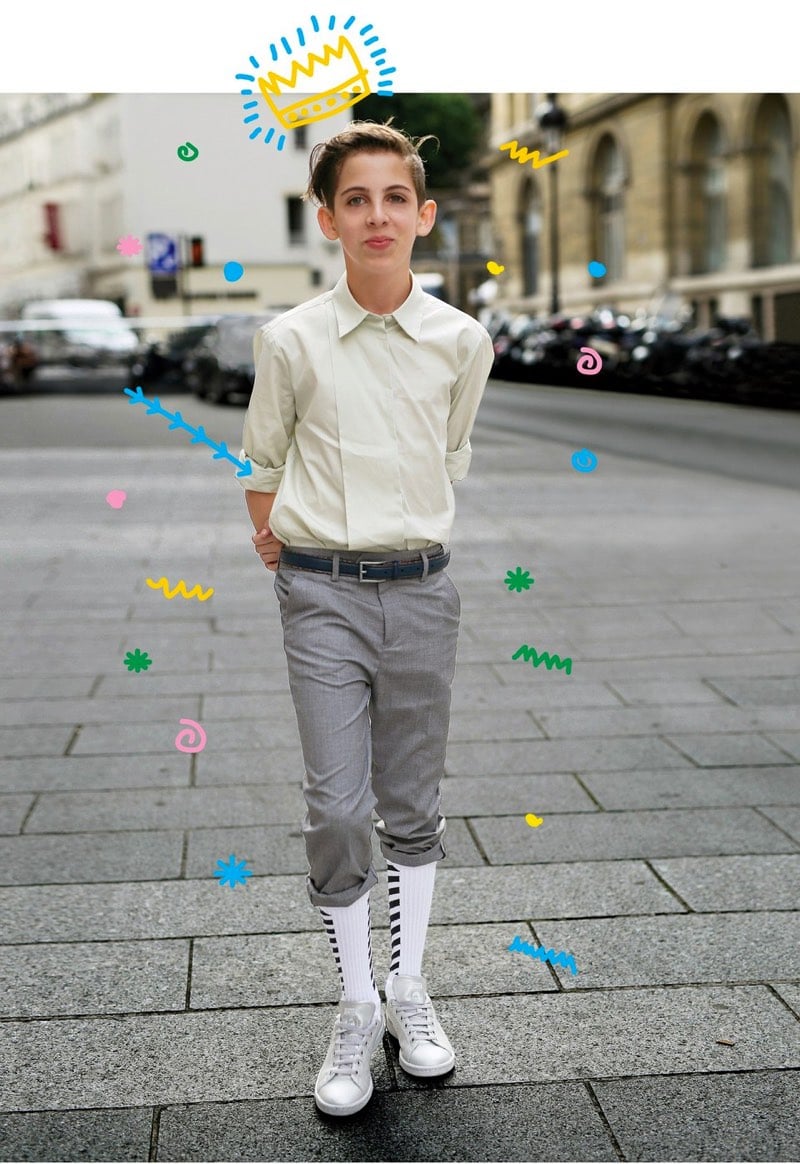What Is the Power of Art?
In a letter announcing his resignation from the MacDowell Colony, novelist Michael Chabon considers what art is for.
Or, I wonder if it’s possible that I was wrong, that I’ve always been wrong, that art has no power at all over the world and its brutalities, over the minds that conceive them and the systems that institutionalize them. Those folks I cited earlier, the ones who offer their grim reassurances that the world has always sucked as much as it does now, in particular for women, the poor, the disenfranchised, the enslaved, the downtrodden, and the exploited, these folks might point out that art and misery have coexisted for the whole span of human existence on earth, and suggest that perhaps the time to abandon hope for the redemptive power of art is long overdue.
Maybe the world in its violent turning is too strong for art. Maybe art is a kind of winning streak, a hot hand at the table, articulating a vision of truth and possibility that, while real, simply cannot endure. Over time, the odds grind you down, and in the end the house always wins.






Stay Connected